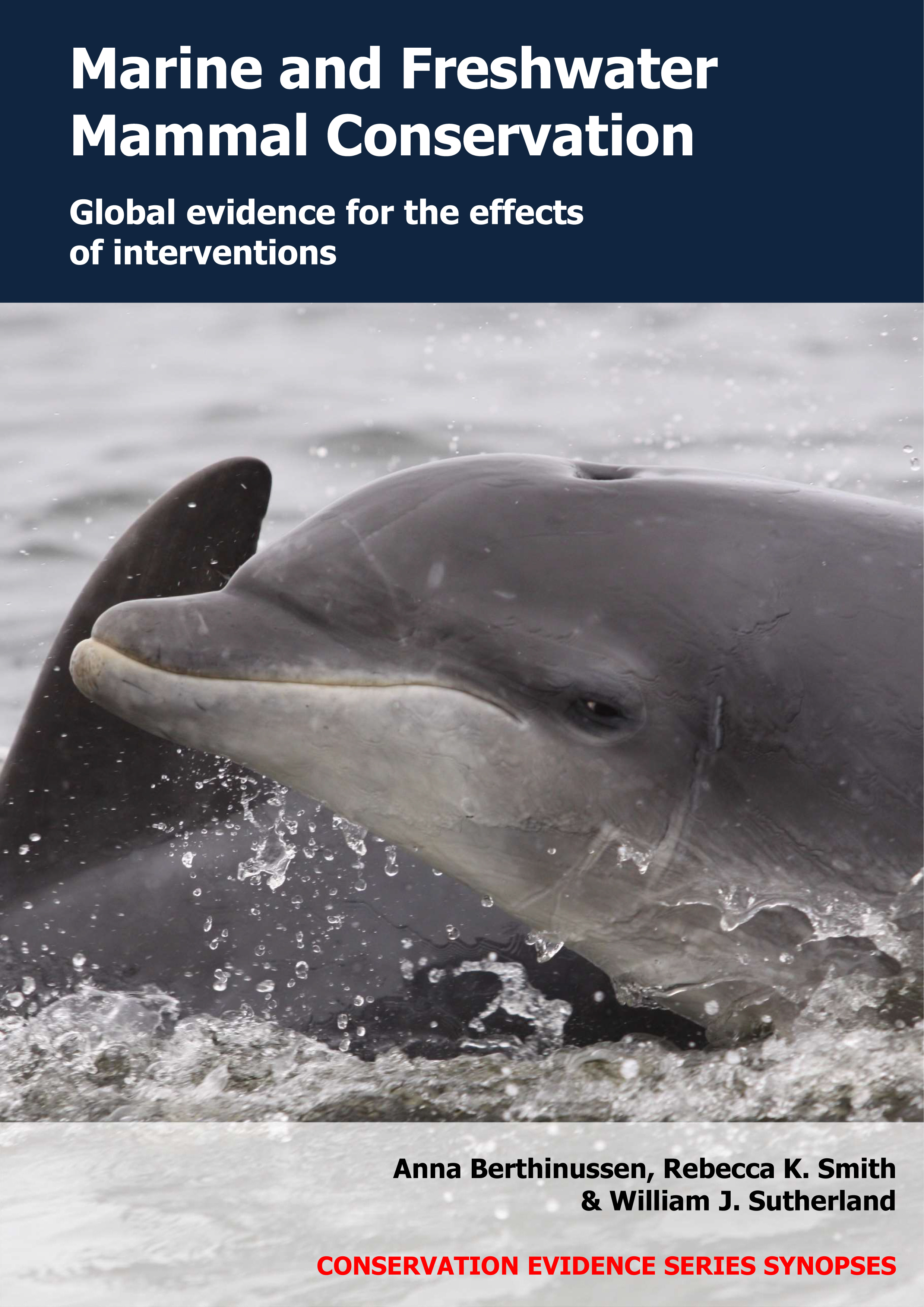Use a larger mesh size for fishing trap-nets
-
Overall effectiveness category Unknown effectiveness (limited evidence)
-
Number of studies: 1
View assessment score
Hide assessment score
How is the evidence assessed?
-
Effectiveness
50% -
Certainty
30% -
Harms
15%
Study locations
Supporting evidence from individual studies
A controlled study in 2000–2001 at the mouth of the River Indal, northern Sweden (Lunneryd et al. 2003) found that a fishing trap-net with a larger mesh size in the first two sections had fewer grey seals Halichoerus grypus feeding around it and less damage by seals than a conventional trap-net. Fewer seals were observed surfacing (average 0.2 seals/h) and feeding on fish (0 seals) around the modified trap-net than a conventional trap-net (surfacing: average 1.6–4.1 seals/h, feeding: 0.1–0.3 seals/h). The modified trap-net had fewer holes caused by seals (total 6) than the conventional trap-net (total 269), although statistical significance was not assessed. Catches of target salmon Salmo salar and trout Salmo trutta were higher in the modified trap-net during one trial, and similar in modified and conventional trap-nets during two trials (see original paper for data). A modified and conventional trap-net were alternated between two fishing sites on opposite sides of a river mouth during three trials (each lasting 15–25 days). Both had a 100-m leader net with 3–4 funnel-shaped sections leading to a ‘seal-safe’ fish chamber. The first two sections had mesh sizes of 400 mm (modified trap-net) or 200 mm (conventional trap-net). Target fish catches and holes were recorded every other day during each of the three trials in June–August 2000. Seals were observed daily from the shore and with a video camera above each trap-net during two of the three trials in July–August 2001.
Study and other actions tested
Where has this evidence come from?
List of journals searched by synopsis
All the journals searched for all synopses
This Action forms part of the Action Synopsis:
Marine and Freshwater Mammal Conservation
Marine and Freshwater Mammal Conservation - Published 2021
Marine and Freshwater Mammal Synopsis





)_2023.JPG)














